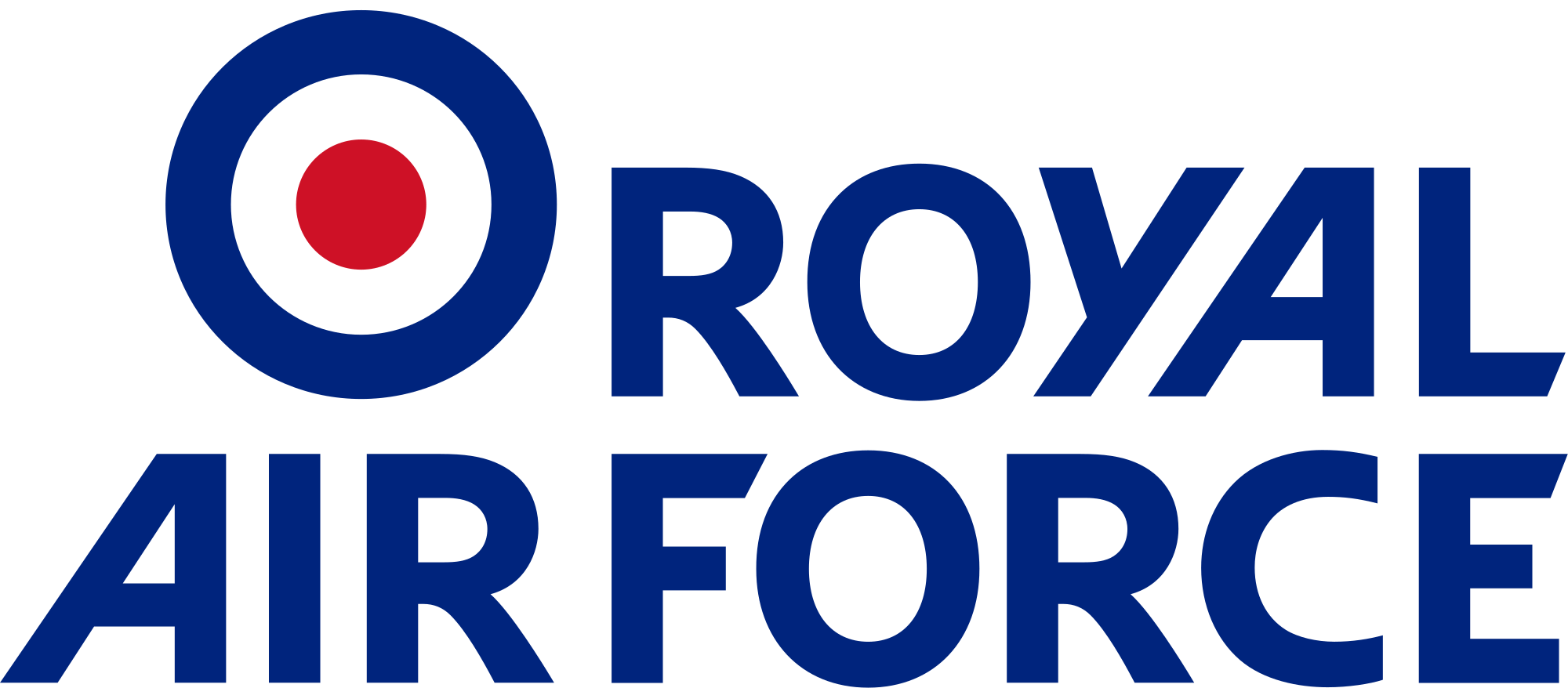Planning the perfect loft conversion

Developing your loft space can be a fantastic method of driving up the value of your property. A loft conversion can provide you with room for an office, allowing you to work from home, a games room to impress your friends or can even act as an additional bedroom for children or guests.
However, not every loft is right for a conversion and before you begin you’ll need to decide whether the space you have is right. You will need to consider issues such as how high the ceilings are and subsequent head height, whether your home can take the extra weight of the conversion, your roof structure, fire safety and available access routes. With so much to consider it may be wise to seek the advice of an architect, especially if this kind of project is new to you.
Fire regulations are a legal requirement and will need to be met. Conversions need at least 30 minutes fire protection and can usually be met through the use of fire doors and plasterboard. You will also be required to have a staircase which can serve as an escape route in the case of an emergency.
Building regulations will also need to be met, although not all attic conversions require planning permission. However, you should seek it out anyway, as even if you decide against a conversion you will still have added some value to your property by having approval, should you decide to sell it later down the line.
Features
Stairs are a key part of a loft conversion but they need to be both practical and safe. Building Regulations require that a staircase should always lead to a hall or an external door but you will also want to think about the visual aspects. Often stairs for attic conversions are made from pine and MDF materials; however stained wood and other materials may be available at an extra cost and can look more impressive.
Natural light is important and skylight windows are a convenient option for lofts as they don’t require big changes to the structure of your home like dormer windows do and are less likely to require planning permission. However, you may want to invest in blinds to block out the sun at certain times of the day. Lofts are often large and shaped unusually so it can sometimes be a chore to get them lit up in the evenings. Try spotlights and wall lights to get around this problem.
Flooring
When you choose flooring for your loft conversion you need to think carefully about the use of the room. A loft conversion can serve a number of different purposes so there is no one size fits all solution.
After you’ve had your floor reinforced, insulated and had any necessary cables laid you will need to consider soundproofing your floor. Most uses for a room will involve noise and there is likely to be bleed through from stamping feet, music, children playing or wheels from office chairs rolling across the room, so you might want to consider rugs or a carpeted floor for additional soundproofing.
If you are looking to create a stylish and modern loft then you can’t go wrong with wooden flooring, however if you are more concerned with comfort and warmth then you may prefer a cushioned carpet. As always you should look to the colour scheme and overall style of your room for inspiration. Light, natural coloured carpets can create a real sense of space while natural wood furnishings or exposed joints can be nicely complemented by a wooden floor.
For more information on finding the right type of flooring for each room of the house, please see our free room by room guide.












